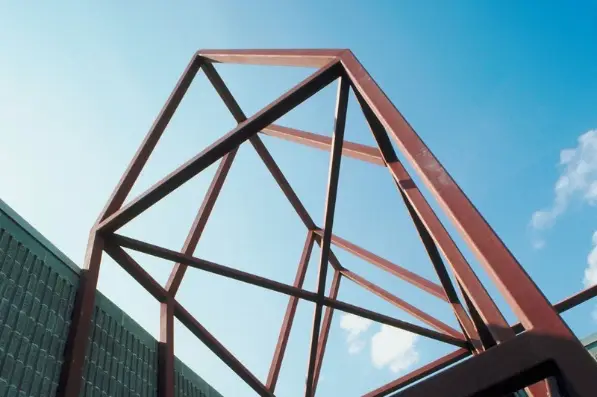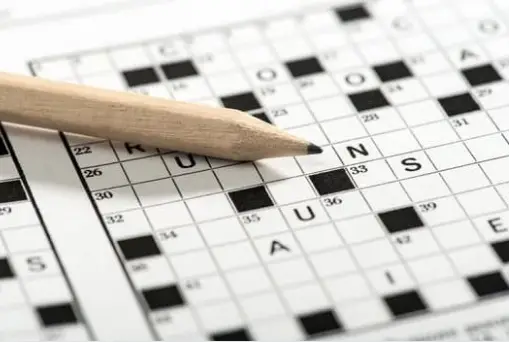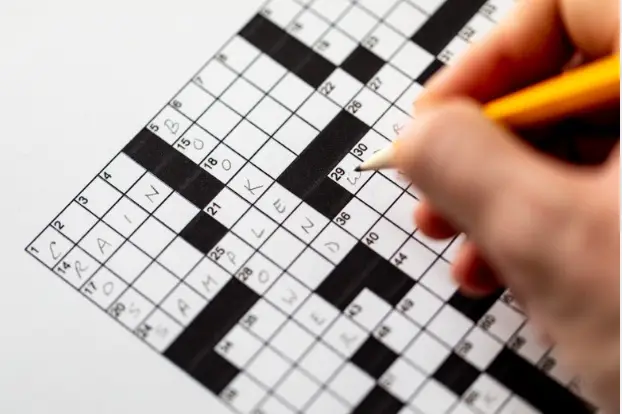Geometry Spot: Defining and Understanding Spatial Markers in Geometric Frameworks
Geometry spots, often called spatial features or points of interest within a geometric framework, are crucial elements in spatial analysis across many domains. These spots act as key markers, aiding in comprehending spatial relationships, distances, and patterns within a specified area. From architectural design to environmental monitoring, geometry spots significantly enhance spatial awareness and optimize decision-making processes.
Defining Geometry Spots
Geometry spots are specific points or locations within a geometric space that hold significance due to their spatial attributes. These attributes could include coordinates, dimensions, geometric properties, or relationships with neighboring points. Essentially, they are the fundamental building blocks for spatial analysis and visualization.
Historical Context and Evolution
The concept of geometry spots dates back to ancient civilizations, where early mathematicians and astronomers used geometric principles to study celestial bodies and land measurements. Over the centuries, advancements in mathematics, particularly in geometry and trigonometry, have refined the understanding and application of geometry spots across diverse disciplines.
Applications in Various Fields
Architecture
In architecture, geometry spots define precise locations for structural elements, assess spatial relationships between building components, and optimize design layouts. Architects utilize these spots to ensure structural integrity, aesthetic appeal, and functional efficiency of buildings.
Geographic Information Systems (GIS)
Geographic Information Systems (GIS) heavily rely on geometry spots for spatial data analysis, mapping, and visualization. GIS professionals use these spots to model geographic phenomena, analyze spatial patterns, and make informed urban planning, environmental management, and disaster response decisions.
Computer Vision
Geometry spots play a critical role in object recognition, scene understanding, and spatial mapping in computer vision and image processing. Algorithms identify and analyze geometry spots within images or videos to infer depth, distances, and spatial configurations, enabling applications in autonomous vehicles, robotics, and augmented reality.
Mathematical Foundations
Understanding the mathematical principles underlying geometry spots is essential for their application and development across various domains.
Key Concepts in Geometry
One must grasp essential geometric concepts such as points, lines, planes, and geometric transformations to comprehend geometry spots fully. These concepts form the basis for defining and analyzing geometry spots within different geometric frameworks.
Euclidean Geometry
Rooted in the principles laid out by Euclid in ancient Greece, Euclidean geometry is the foundation for traditional geometric analysis. Geometry spots in Euclidean space adhere to Euclid’s postulates and axioms, emphasizing straight lines, angles, and distances.
Non-Euclidean Geometry
Non-Euclidean geometries challenge the assumptions of Euclidean space, exploring curved surfaces, hyperbolic spaces, and alternative geometrical structures. Geometry spots in non-Euclidean spaces exhibit unique properties that deviate from Euclidean norms, offering diverse perspectives in spatial analysis and theoretical physics.
Real-World Applications and Case Studies
Urban Planning
Urban planners use geometry spots to analyze population distribution, transportation networks, and land use patterns. By mapping geometry spots within urban environments, planners can optimize city layouts, improve infrastructure planning, and enhance residents’ quality of life.
Environmental Monitoring
Environmental scientists deploy geometry spots to monitor landscape changes, track wildlife habitats, and assess environmental health. Researchers can detect deforestation, measure pollution levels, and effectively implement conservation strategies by analyzing geometry spots in satellite imagery and sensor data.
Challenges and Future Directions
Despite their widespread applications, geometry spots face challenges that influence their development and utilization in the future.
Technological Challenges
Advancements in technology, such as integrating artificial intelligence and machine learning, present opportunities and challenges for geometry spots. Developing robust algorithms for automated spatial analysis and enhancing data interoperability remain critical priorities.
Future Applications
Geometry spots hold promise in emerging fields such as smart cities, precision agriculture, and healthcare. Innovations in sensor technology, spatial modeling, and data visualization are poised to expand the boundaries of geometry spot applications, driving forward interdisciplinary research and practical solutions.
Conclusion
Geometry spots are indispensable for understanding spatial relationships, enhancing decision-making processes, and advancing scientific inquiry across diverse domains. Whether in architectural design, environmental monitoring, or cutting-edge technology development, strategically using geometry spots redefines how we perceive and interact with our spatial environment. You can also know about Funky Town Gore by going through that link.
FAQs
What are geometry spots used for?
Geometry spots are used for spatial analysis, ranging from architectural design to environmental monitoring.
How do geometry spots relate to GIS?
Geometry spots play a crucial role in GIS by enabling precise spatial data analysis and visualization.
Can geometry spots be applied in virtual reality?
Yes, geometry spots can be applied in virtual reality environments for spatial mapping and interaction.
Are there different types of geometry spots?
Yes, geometry spots can vary based on the geometric principles applied, such as Euclidean and non-Euclidean geometries.
Where can I learn more about geometry spots?
You can explore academic journals and conferences focused on spatial analysis and geometry for in-depth insights.






